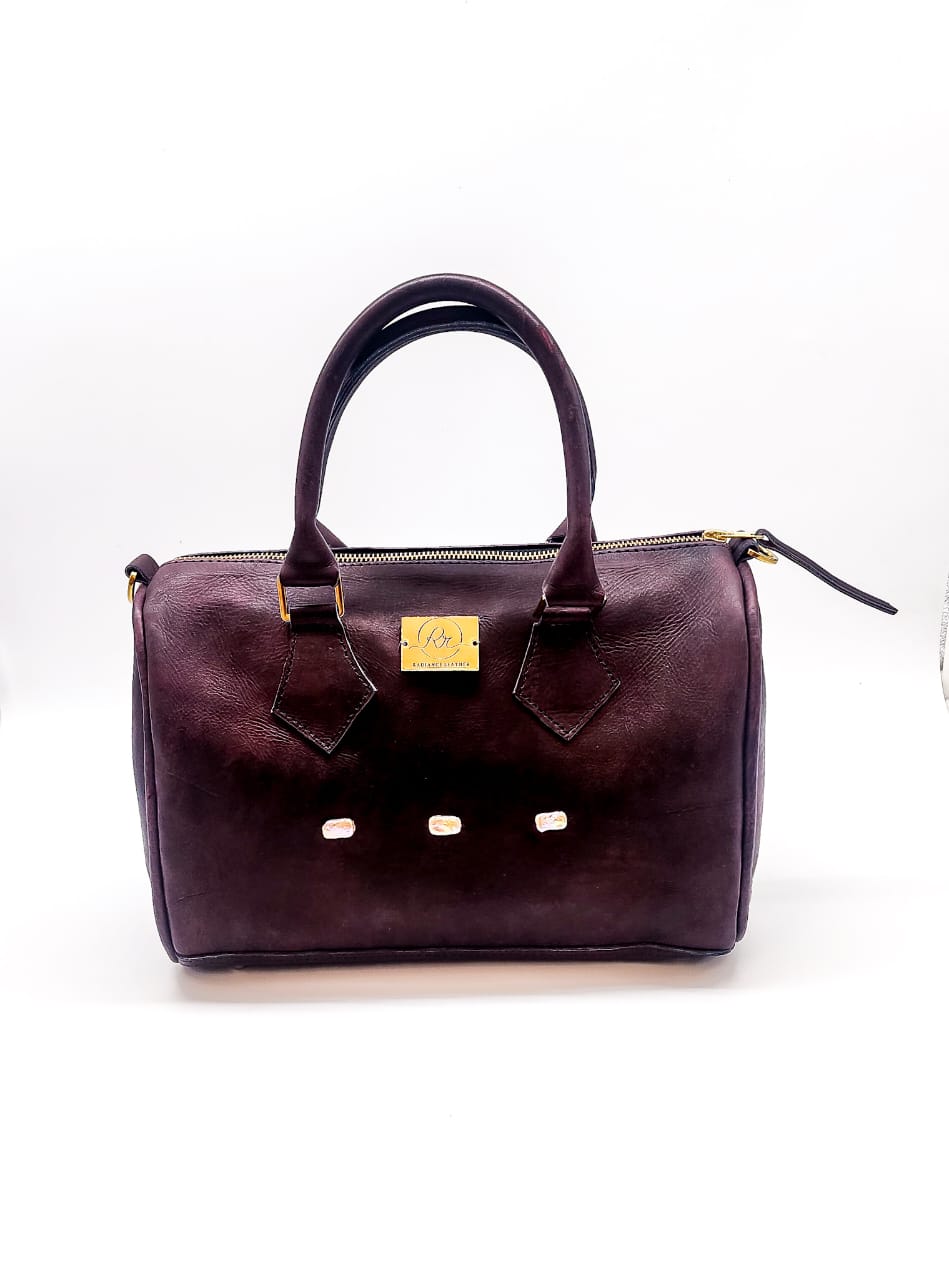Genuine Leather vs. PU Leather: What’s the Difference?

When shopping for leather goods, you’ll often come across terms like “genuine leather” and “PU leather.” While both may look similar at first glance, they differ significantly in terms of quality, durability, and sustainability. Let’s explore the key distinctions to help you decide which is best for your needs.
Not all leather is created equal—understanding the difference helps you make the right choice.
1. What is Genuine Leather?
Genuine leather is made from real animal hide, typically sourced from cows, goats, or sheep. It undergoes various treatments and tanning processes to enhance durability and flexibility. Depending on the processing method, genuine leather comes in different grades:
-
Full-Grain Leather: The highest quality, featuring natural imperfections and superior durability.
-
Top-Grain Leather: Slightly processed to remove surface blemishes while maintaining strength and softness.
-
Split Leather: Lower-quality leather made from the fibrous part of the hide after the top-grain is removed.
2. What is PU Leather?
PU (Polyurethane) leather is a synthetic alternative made by coating a fabric base with a layer of polyurethane. It is designed to mimic the appearance of genuine leather but lacks the same natural texture and durability. PU leather is commonly used in furniture, accessories, and budget-friendly fashion products.
3. Key Differences Between Genuine Leather and PU Leather
| Feature | Genuine Leather | PU Leather |
|---|---|---|
| Material Origin | Natural animal hide | Synthetic polyurethane |
| Durability | Lasts for decades with proper care | Wears out faster, typically within a few years |
| Texture & Feel | Soft, flexible, and develops a patina over time | Smooth but lacks natural grain and aging characteristics |
| Breathability | Allows airflow, reducing sweat buildup | Non-breathable, can feel sticky in hot weather |
| Water Resistance | Absorbs moisture but can be treated for resistance | Naturally waterproof due to synthetic coating |
| Eco-Friendliness | Biodegradable but requires more resources to produce | Less resource-intensive but non-biodegradable |
| Price | More expensive due to craftsmanship and longevity | Budget-friendly and widely available |
4. Which One Should You Choose?
-
If you value durability and authenticity, genuine leather is the better investment, especially for premium bags, shoes, and wallets.
-
If you prefer a vegan or budget-friendly option, PU leather offers an affordable and cruelty-free alternative.
-
For sustainability-conscious consumers, consider brands that use eco-friendly tanning methods or recycled leather materials.
5. Conclusion: Making an Informed Choice
Choosing between genuine leather and PU leather depends on your priorities—whether it’s quality, cost, or ethical considerations. While genuine leather stands out for its longevity and character, PU leather provides an economical and stylish alternative.
At Radiance Leather, we specialize in high-quality genuine leather bags that embody timeless craftsmanship. Explore our collection and experience the unparalleled beauty of real leather!



